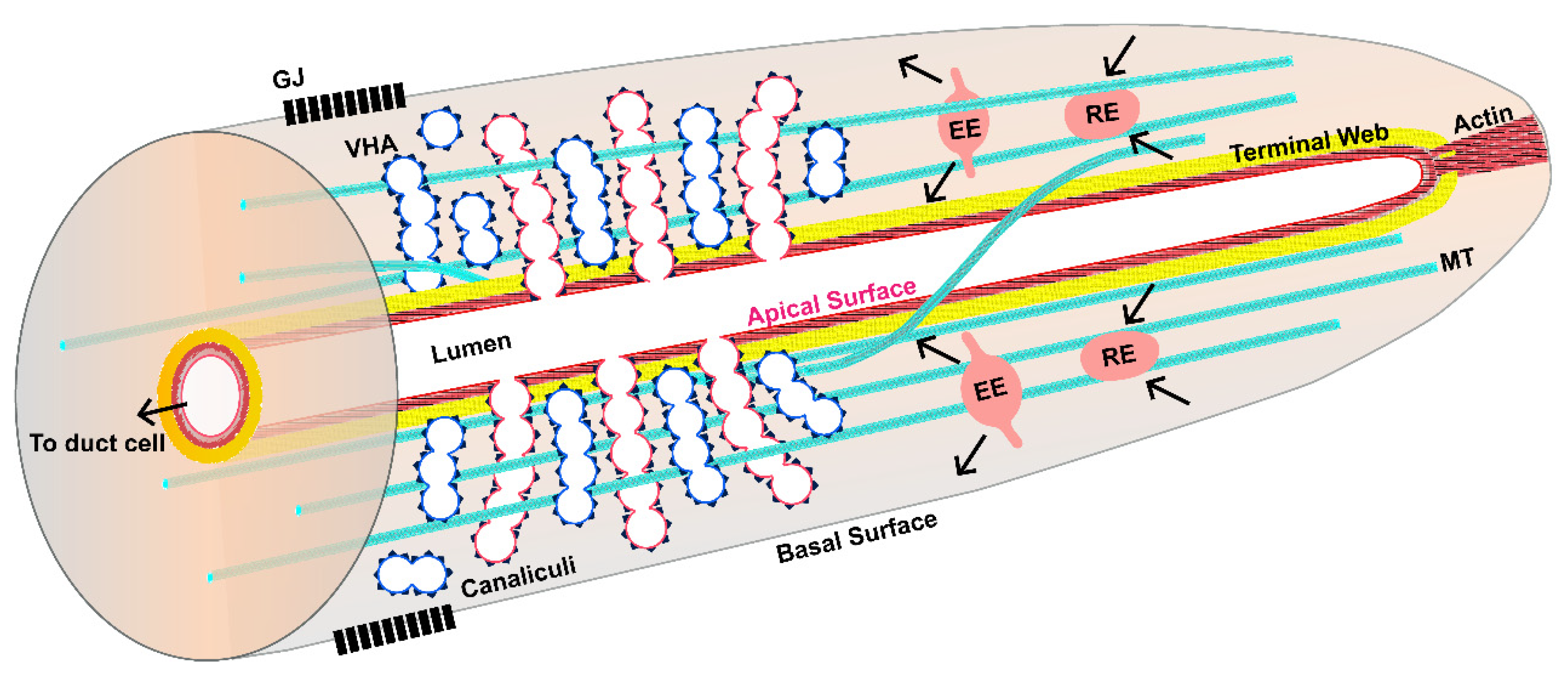


The hinge is similar to a door hinge, however in a different lay-out. However, should I still apply a contact between the two surfaces, maybe frictionless or no separation contact to avoid penetration? Indeed, bonding the two surfaces can create a very stiff connection, as we observed above. The same choice of Rigid vs Flexible must be made on this Joint.īonding the entire rib surface seems like it would create a much stiffer connection than the hinge and lock actually deliver. But maybe the locking feature also prevents motion in the Y or Z directions, so you can add those DOF to the Joint definition. At a minimum, you would include the X direction as active in this Joint. The primary function of the lock is to prevent motion of the two clamped surfaces from moving relative to each other in the X direction. Let's say that the X axis of this coordinate system is normal to the rib surface. A coordinate system was created under this joint. Add a Joint type = General scoped to these two areas. Opposite the hinge is the locking mechanism, which again will have some limited area on the rib where the locking mechanism is fastened to one rib and clamps on the other rib.

If it adds little stiffness, then Flexible would be a good choice. If the Hinge Plate adds significant stiffness to the rib, then Rigid might be a good choice. You have to choose how the scoped areas of the Joint behave: Rigid or Flexible. Add a Revolute Joint scoped to those two areas and align the revolute axis in the correct direction and in the correct location. What does the hinge look like? A door hinge has two rectangular plates connected by a pin.Ī simple way to model the hinge in a system model is to imprint on the rib the two areas where the hinge plates fasten to the rib. ".The contact and target side which you defined do not look very realistic to me, since they are in no way connected to each other right?", Was this for the contact between the tube and the rib or the contact between the ribs? The other holes that your see they do not have major structural components (it's for cables and weight saving). You recommend me to use a bonded contact between the rib holes (the ones that have a tube passing by) and the tube, is that it? (they are not allowed to rotate). Sorry I did not understood very well, the problem with the contact targets. Thus, I used a bonded contact between the two surfaces. As such, when in flight, it is hoped that they do act one piece, as they were bonded. It's the hinge that hold them together and the tubes are use to transfer the load from one outer part of the wing to the center. However, indeed the two ribs are not connected. I have been having very good results overall, the only problem in this part of the simulation. Do you think that, I should add it to this model? It would increase contact complexity and I just want to have a overall idea of wing displacement and stresses. I was thinking of doing a local model wing the hinge in mind and use shared topology and results from this simulation. I did not modelled it because I wanted to have a global model of the wing. The locking mechanism, is a just a simple hinge (not modelled) that guarantees the continuity of the wing. Thank you for the explanation between mesh connection and using bonded contacts, I was not aware! You can see this happening in the last image, near the rib pipe intersection. Using a mesh connection distorts mesh elements in many cases. Also, there is no need for a mesh connection if you are using a bonded contact. If there is a stud running through these holes you can connect them with a revolute joint (if they are allowed to rotate) or a fixed joint/bonded contact (if they are not allowed to rotate). The contact and target side which you defined do not look very realistic to me, since they are in no way connected to each other right? I also see 2 more holes (one front, one back) on the ribs. If the ribs are fixed on the pipe at the holes then you may define a bonded contact between the edges of these holes and the pipe surface.

Since the locking mechanism is not known its hard to tell what might be the most accurate way to define the contact. ".there is a locking mechanism (not represented) that bonds both wing together" - The contact should most accurately represent the force transfer via the locking mechanism.


 0 kommentar(er)
0 kommentar(er)
